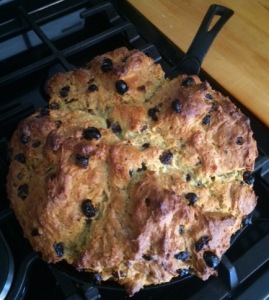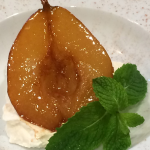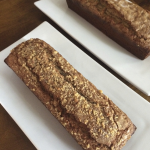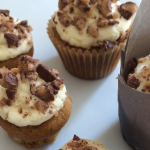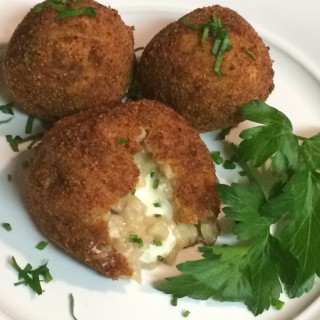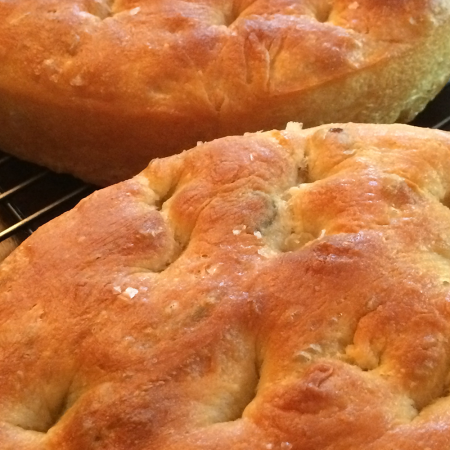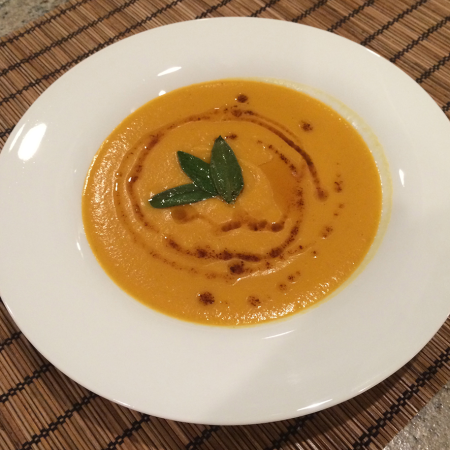Once a year, in honor of my Irish roots, I pull out our family recipe for Irish Soda Bread, celebrating heritage in my own subdued way.
Family recipes have a sense of ritual about them; standing in the kitchen combining the ingredients, you join an invisible timeline connecting you to the past. “In Ireland they don’t know what soda bread is,” commented a friend of mine, which led me to thinking about the origin of my Irish Soda Bread recipe and its likely evolution.
Of course, it’s not true – soda bread is very popular in Ireland, best enjoyed the day it is baked. Soda bread is simply bread that uses bicarbonate of soda (baking soda) instead of yeast as the rising agent. It was invented in the late 1700’s and, by the mid-1800’s, enjoyed widespread popularity because it was easy to use and reduced overall prepping and baking time. No blooming the yeast, waiting for the dough to rise or storing the starter.
Traditional soda bread may be brown, made with whole-wheat flour, or white, made with all-purpose flour – salt and buttermilk complete the ingredient list, maybe some added butter as well. Baking soda requires an acidic ingredient to activate its leavening properties, in this case buttermilk. The chemical reaction of the combined ingredients produces carbon dioxide (air bubbles) responsible for the bread rising during baking. Interestingly, buttermilk has fluctuating levels of acidity based on both its age and the method by which it is made – all of that impacts the texture of the final product. Some recipes also include baking powder; baking powder includes both bicarbonate of soda and as well as a weak acid that begin chemical reactions either in the wet batter at room temperature (fast acting acid) or when heat is applied (slow acting acid) – double-action baking powder does both, reacting first at room temperature and then again as the batter heats.
You don’t need to have Irish roots to have Celtic-style pride about your soda bread – recipe variations are limitless and opinions abound. My family recipe has dark raisins, eggs and caraway seeds; some people hate the flavor of caraway, others use golden raisins, still others no egg – I’ve seen recipes for wheat flour, white flour, even Wondra – and that’s just skimming the surface.
Baked in a cast iron skillet, our soda bread is like a giant scone – the flavor is truly rich and like nothing else. On the first day, the crust melts in the mouth, the caraway seeds perfume the dense, fluffy texture of the scone-like bread and the juicy raisins punctuate every bite. My mother likes to cut a fat wedge on the second day and toast it – carefully extracting the crunchy goodness from the toaster.
I like my toasted slice with a glass of Armagnac in the late afternoon or late evening – preferably in front of a fire. The caramel character of the oak-aged brandy complements both the sweetness of the warmed raisins and the licorice perfume of the caraway.
